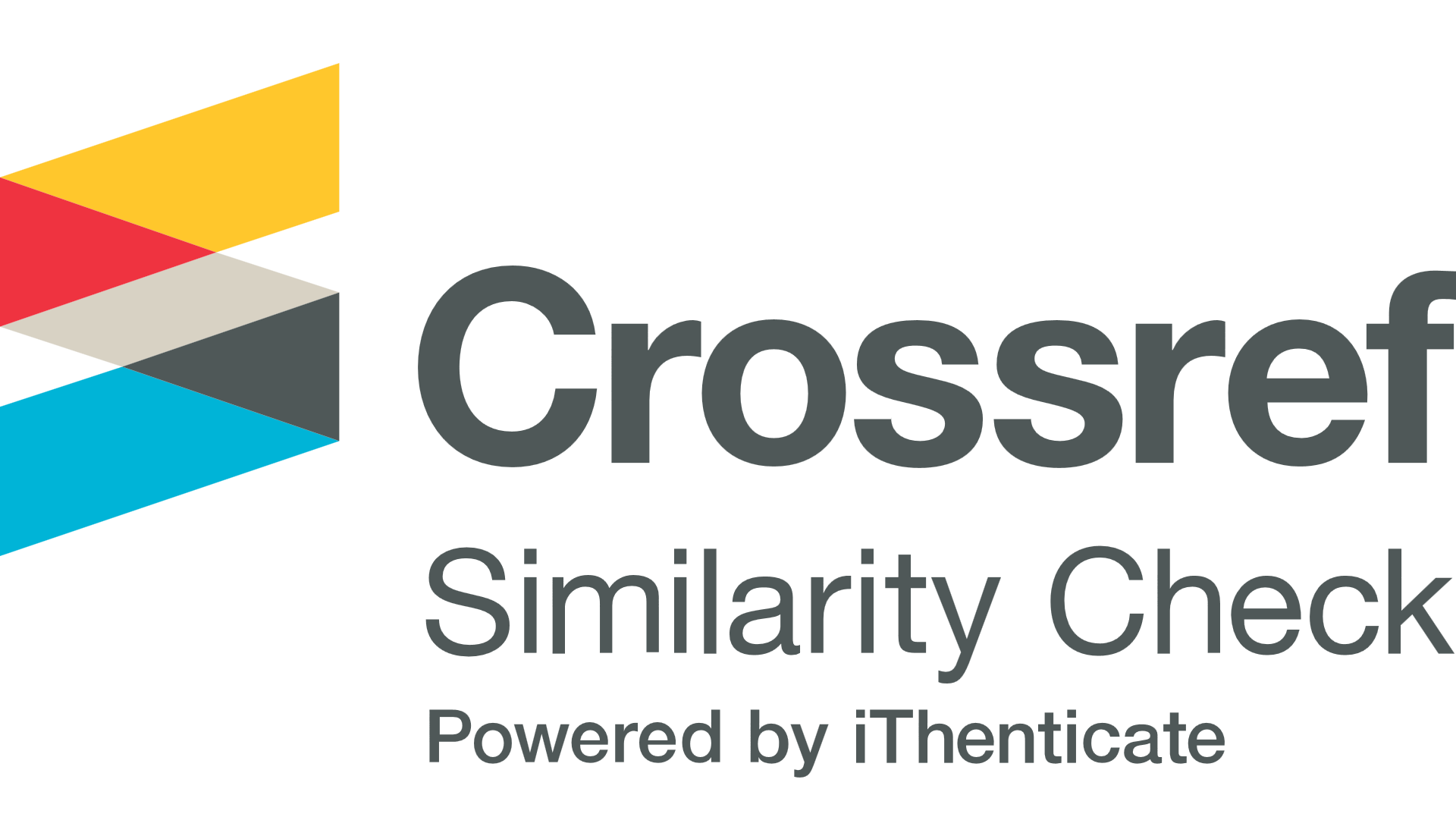Synthesis and Characterization of Mn(II) ,Co(II) ,Ni(II) ,Cu(II) ,Zn(II) and Cd(II) Complexes with Di-Schiff Bases Derived from o- or m- Phenylenediamine and 9,10-Phenanthrenequinone
Abstract
ABSTRACT Aseries of new complexes of the type [MLCl2] where M=Mn (II),Co(II),Ni(II),Cu(II),Zn(II),Cd(II) L=L1 or L2 represents di- Schiff base ligands: {L1=(N,N'E,N,N'E)-N,N'-(phenanthrene-9,10-diylidene) bis (benzene-1,2-diamine). L2=(N,N'E,N,N'E)-N,N'-(phenanthrene-9,10-di ylidene)bis(benzene-1,3-diamine)} have been prepared in (1:1)(M:L) molar ratio and charactrerized by electrical conductivity,magnetic moment, IR , UV-VIS and metal content analysis. Conductivity data in DMF and DMSO solution showed that all complexes are non-electrolytes. Magnetic moment and electronic spectra indicate that some of the complexes have a tetrahedral geometry and the others have an square planar environment . The antibacterial activity against E.coli and S.aureus of L1 and L2 and some of their complexes derived from Cu(II) and Zn(II) illustrates that the complexes have higher activity than the corresponding organic ligand.





